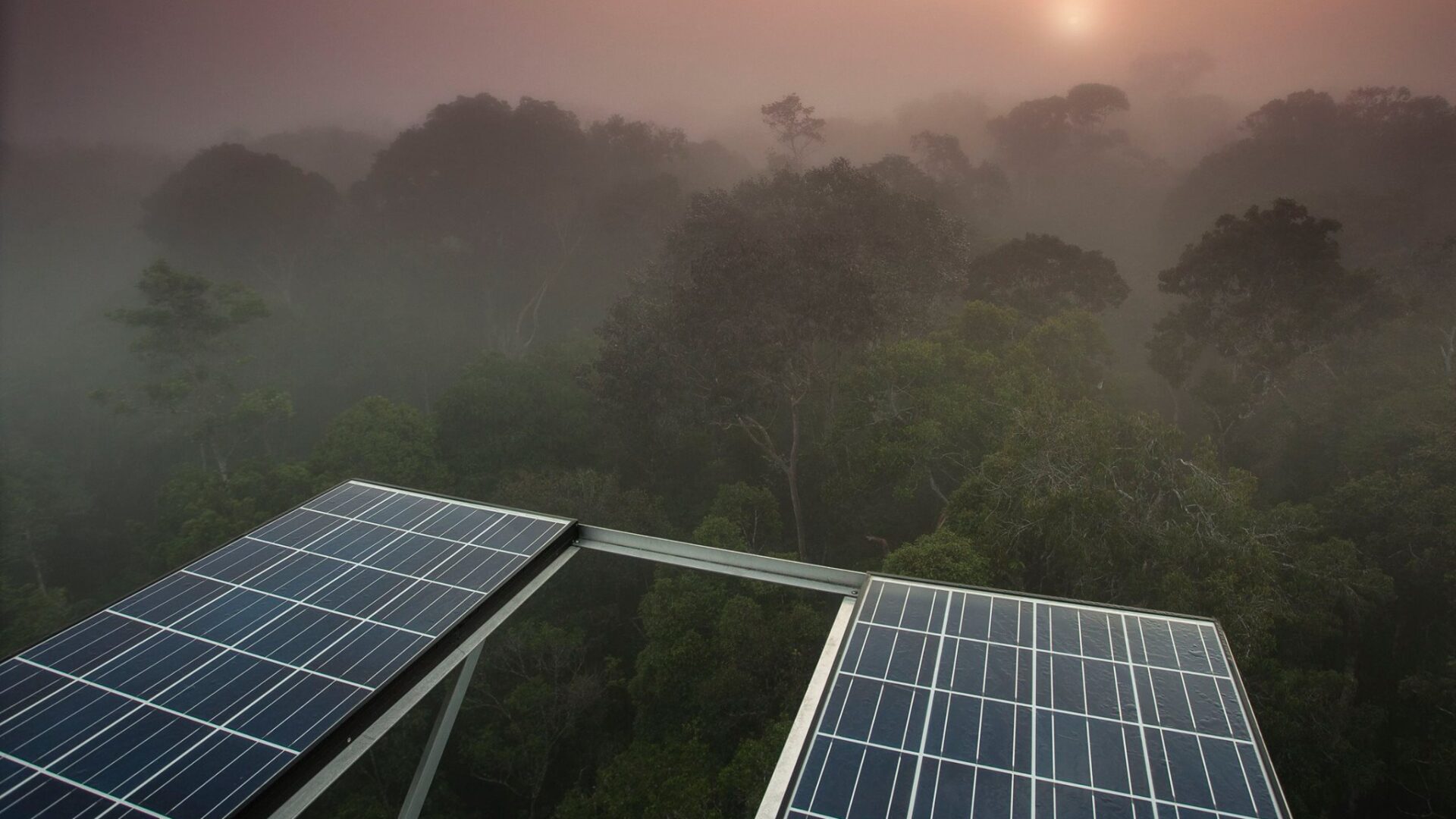Root trait diversity: Evolution, ecology and microbial affiliations
There is little information on root traits since it is difficult to track root tissues from the fossil records. These challenges have limited the possibility to describe historical changes in root morphology as well as the underlying causes of root diversification. To address this gap, we used extensive databases of root traits from current species and phylogenetic reconstruction analysis to explore the evolutionary changes in root traits over evolutionary time. Our objective is to test simultaneously hypotheses linking root morphological changes with growth forms, aboveground traits and fungal symbiosis, providing crucial insight about how seed plants evolved in the past, and may respond to future climatic scenarios. Our lab partners with Dr Collen Iversen and Dr. Luke McCormack (FRED project) and sRoot group (GRooT project) help us in the compilation and analysis of data
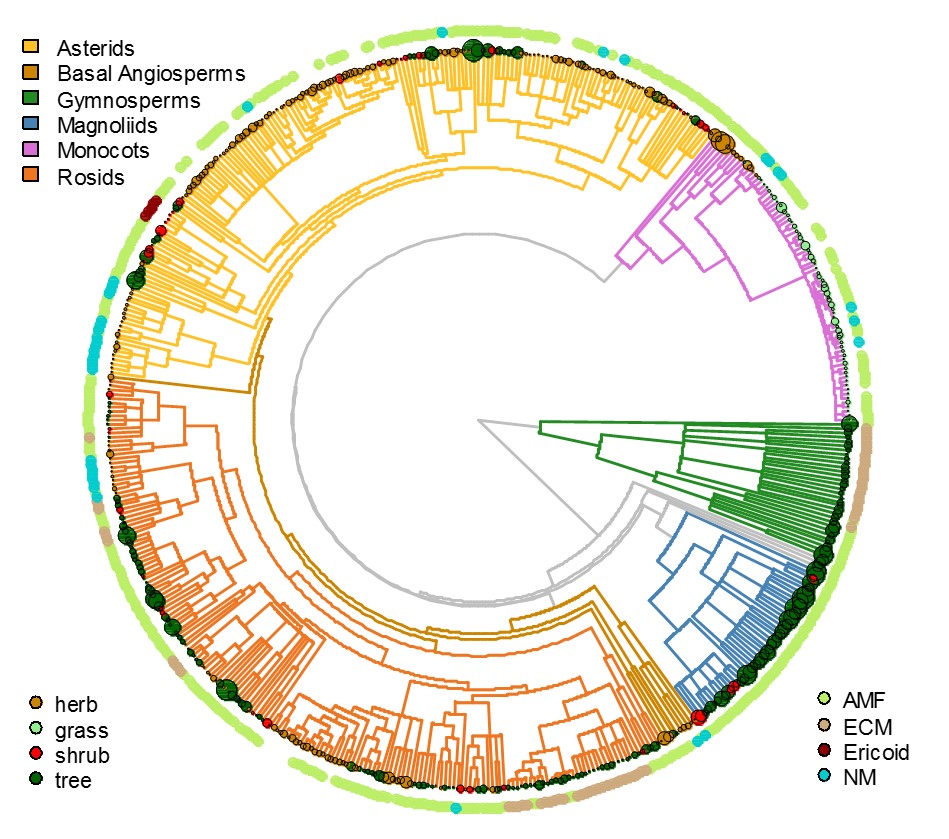
Root Anatomy: The next step understanding belowground ecology
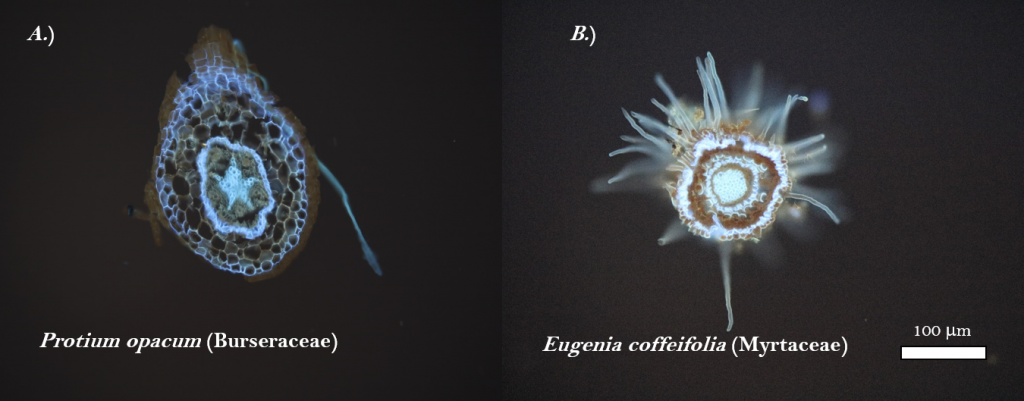
Cortex and stele tissue are two main structures responsible for the shape of acquisition roots in plants. Specifically, cortical tissue is involved in uptake and biological interactions whereas the stele is specialized in transport. Moreover, we found evidence that the difference in the proportion of root tissue allocated to absorptive tissues can influence directly the morphology and architecture of root systems. In our lab, we are working on a systematic study of root traits across different plant lineages, using root anatomy as a tool to understand the mechanisms that explain the investment of resources in roots and their functioning.
Belowground ecology in tropical ecosystems
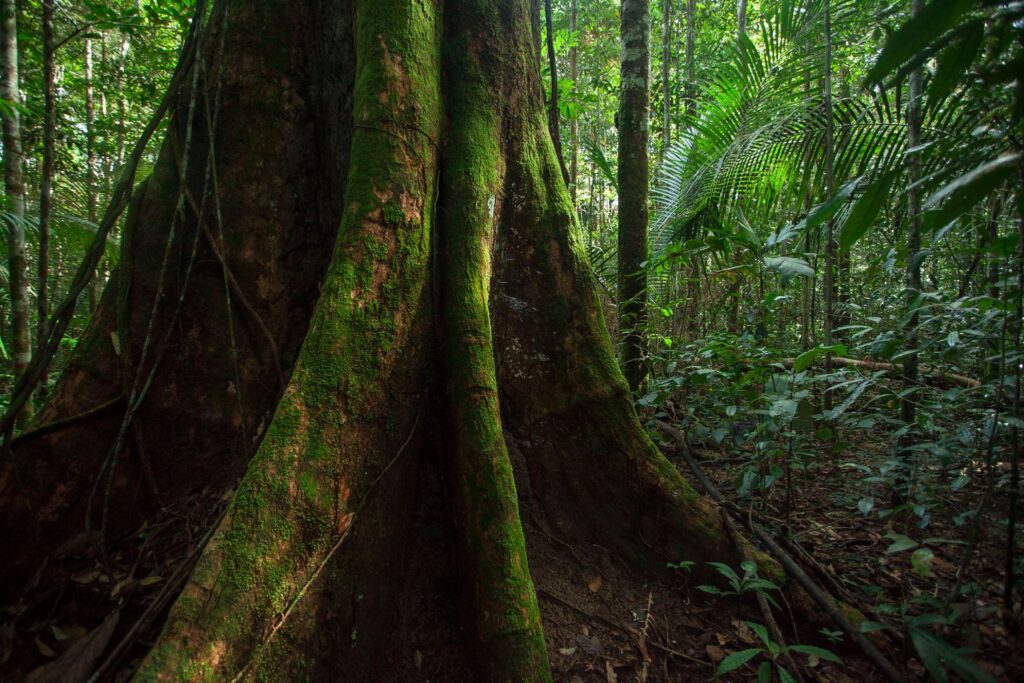
The inclusion of root studies in tropical areas has expanded our knowledge about the variation in root traits across biomes, even when tropical trees are grossly underrepresented compared to the total number of species described worldwide. Nonetheless, we are still lacking a formal framework that addresses the mechanisms explaining the diversity in root morphology and possible ecological consequences. Trees in tropical regions provide a unique opportunity to generalize the effects of alternative acquisition strategies, since most tropical trees associate with the same type of mycorrhizal association, allowing us to generalize results across tropical areas and incorporate our findings into future landscape-level models.
Currently, we are investigating the mechanisms by which trees and soil microbes mediate carbon retention and loss in tropical forests (Amazon FACE). Specifically, we are testing the hypothesis that roots play a critical role in stimulating microbes to release nutrients from soil organic matter – a process that increases plant growth, alters long-term soil carbon storage, and potentially affects feedbacks to climate.
Mangroves roots and the Everglades
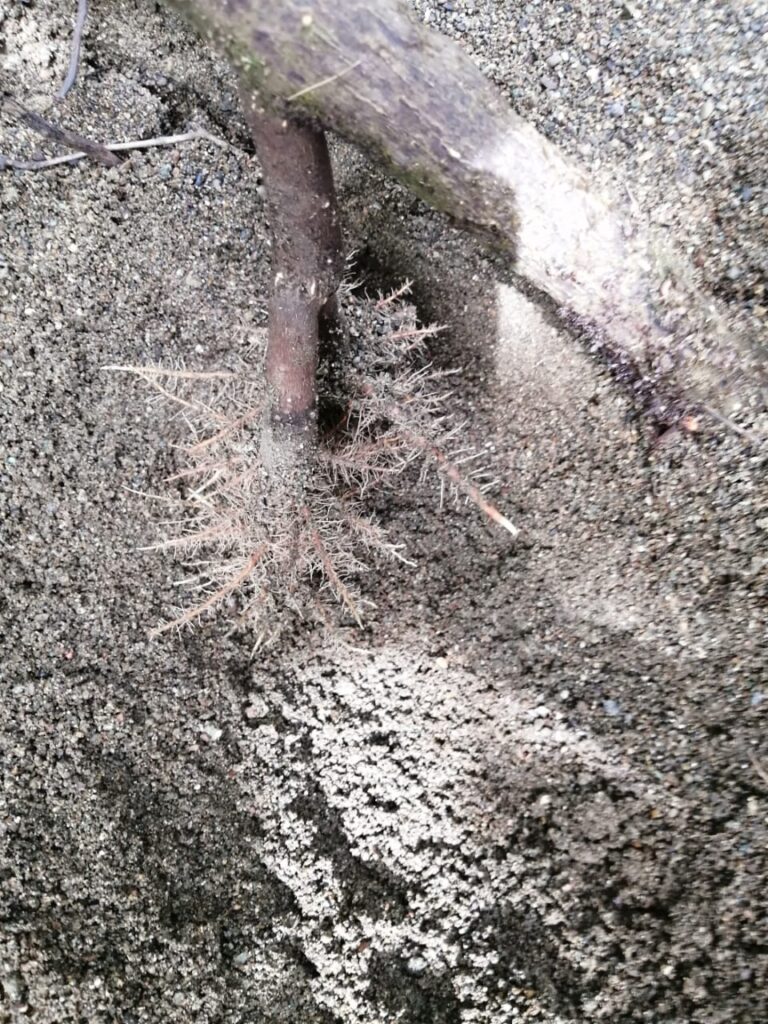
Mangroves are a group of species adapted to periodic or permanent flooding, thus their root systems is exposed constantly to stressful conditions, due to the depletion of soil and water dissolved oxygen and the accumulation of toxins such as sulfides and dissolved ions. Mangrove ecosystems are largely threatened in all their distribution, making the understanding of their evolution, anatomy, physiology and ecology an important asset to conserve and educate about this ecosystem. Considering that mangrove forests are one of the most productive ecosystems worldwide, with important ecological functions and ecosystem services, it is imperative to understand how mangroves adapt and acquire their stress tolerance abilities.
Our work in the Everglades integrates multiple dimensions of diversity (genetic, phylogenetic, functional) for both mangrove trees and their root-associated microbiomes, framed in an ecological context, and it will set a reference point for future studies on microbial dynamics in this ecosystem. A reciprocal comparison of Costa Rican mangroves will allow important progress in our understanding of the mechanisms involved in the development of tolerance to anoxic and toxic conditions in vascular plants.
